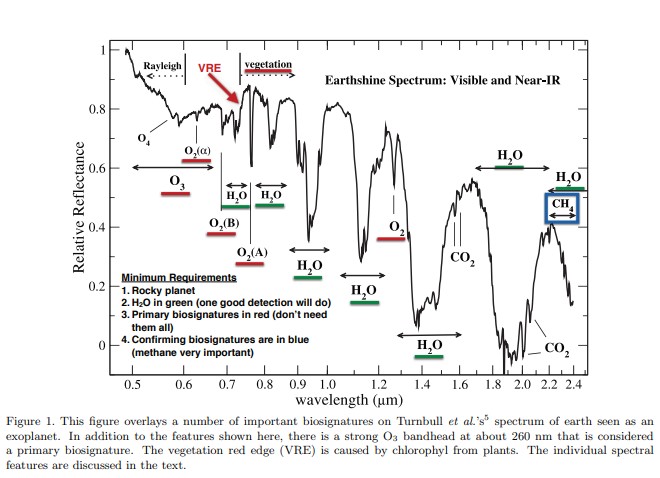ATLAST detector needs for direct spectroscopic biosignature characterization in the visible and near-IR
ABSTRACT
Are we alone? Answering this ageless question will be a major focus for astrophysics in coming decades. Our tools will include unprecedentedly large UV-Optical-IR space telescopes working with advanced coronagraphs and starshades. Yet, these facilities will not live up to their full potential without better detectors than we have today. To inform detector development, this paper provides an overview of visible and near-IR (VISIR; λ = 0.4 − 1.8 µm) detector needs for the Advanced Technology Large Aperture Space Telescope (ATLAST), specifically for spectroscopic characterization of atmospheric biosignature gasses. We also provide a brief status update on some promising detector technologies for meeting these needs in the context of a passively cooled ATLAST.
1. INTRODUCTION: THE WFIRST-AFTA CORONAGRAPH
The search for life on other worlds looms large in NASA’s 30-year Strategic Plan.1, 2 To enable this, NASA is studying a Large UV-Optical-IR Surveyor (LUVOIR) that would use advanced coronagraphs for starlight suppression.1 ATLAST is one concept for LUVOIR. Alternatively, a Habitable Exoplanet Imaging Mission3 has been proposed. This might pair a smaller aperture space telescope with a starshade flying in formation. Alternatively, an off-axis non-segmented telescope with a coronagraph has been suggested. In any case, better detectors than exist today are highly desirable.
Our emphasis in this paper is on ATLAST,4 and specifically on ATLAST’s detectors for spectroscopic biosignature characterization in the VISIR (hereafter just “biosignature characterization”) . Although not discussed here, other ATLAST technology needs include precision large-scale optics, ultra-stable structures, starlight suppression, and mirror coatings (See Ref. 4). This emphasis sets aside the importance of the UV to ATLAST’s overall mission. Within the ATLAST study, detector and other technology development is envisioned across ATLAST’s 90 nm − 2.5 µm “stretch goal” wavelength range.4
This paper closely follows the SPIE presentation. We begin with an introduction to biosignature characterization, and show that biosignature characterization is ultra-low background astronomy. The extremely low background count rates motivate the need for further work on VISIR detectors. In Sec. 4, we briefly summarize ATLAST’s VISIR detector needs in the context of existing technologies.
Sec. 6 discusses what are arguably the two most mature detector technologies for biosignature characterization in greater detail. These are electron multiplying CCDs (EMCCDs) for the visible and HgCdTe avalanche photodiode (APD) arrays for the VISIR. We also include a more speculative discussion of what might be achieved in conventional HgCdTe arrays with appropriately optimized readout integrated circuits (ROIC).

Для продолжения чтения вы можете скачать полную версию материала по ссылке ниже